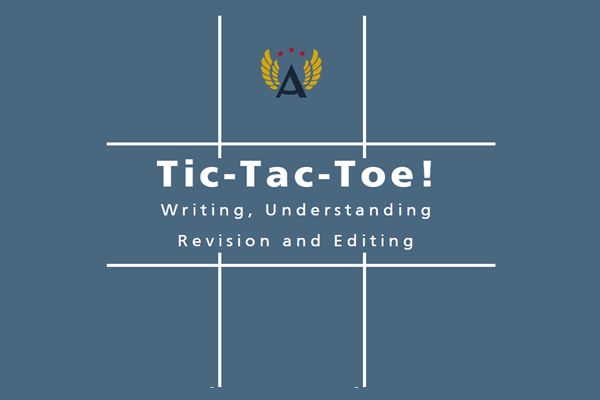Unit 4: Writing—Taking a Second Look
Unit 4: Writing—Taking a Second Look

Unit 4: Writing - Taking a Second Look
 Unit 4: Writing—Taking a Second Look
Unit 4: Writing—Taking a Second Look
Taking a second look at your writing is a crucial step in the writing process that allows you to revise, refine, and polish your work to ensure clarity, coherence, and effectiveness. Here are some strategies to help you take a second look at your writing:
Take a Break: Step away from your writing for a while before revising it. Taking a break allows you to return to your work with fresh eyes and a clearer perspective, making it easier to identify areas that need improvement.
Read Aloud: Read your writing aloud to yourself or someone else. Listening to your writing can help you catch errors, awkward phrasing, and inconsistencies that may not be apparent when reading silently. Pay attention to the flow, rhythm, and tone of your writing as you read aloud.
Check for Clarity: Ensure that your writing is clear and easy to understand. Look for sentences or phrases that are ambiguous, convoluted, or unclear, and revise them to improve clarity. Clarify your ideas, provide explanations, and define terms as needed to help your readers follow your train of thought.
Review Structure and Organization: Evaluate the structure and organization of your writing. Check that your ideas flow logically from one paragraph to the next and that your arguments are well-supported and effectively developed. Consider restructuring or reordering sections of your writing to improve coherence and readability.
Trim Excess Words and Phrases: Review your writing for unnecessary words, phrases, or repetitions that can be eliminated to improve conciseness and clarity. Trim excess verbiage to make your writing more succinct and impactful, and remove filler words or redundant expressions that detract from your message.
Enhance Language and Style: Refine your language and style to make your writing more engaging and persuasive. Use vivid imagery, descriptive language, and literary devices to create a vivid and memorable impression. Experiment with different sentence structures, rhythms, and tones to add variety and depth to your writing.
Check Grammar and Mechanics: Proofread your writing carefully for grammar, punctuation, spelling, and typographical errors. Correct any mistakes or inconsistencies in grammar, punctuation, or spelling to maintain professionalism and credibility in your writing. Use grammar checkers, spell checkers, and style guides to help you identify and correct errors.
Consider Feedback and Suggestions: Incorporate feedback and suggestions from peers, mentors, or editors into your revisions. Take their comments and critiques into account and consider how you can address them to improve the quality of your writing. Be open to constructive criticism and willing to revise your work based on feedback received.
Finalize Formatting and Presentation: Ensure that your writing is formatted and presented appropriately for its intended audience and purpose. Check margins, spacing, font size, and formatting conventions to ensure consistency and professionalism. Pay attention to details such as headings, subheadings, and bullet points to enhance readability and visual appeal.
Seek a Third Opinion: Consider seeking a third opinion or perspective on your revised writing. Ask a trusted friend, colleague, or mentor to review your work and provide feedback from a fresh perspective. Their insights and observations can help you identify any overlooked issues or areas for improvement before finalizing your writing.
By taking a second look at your writing and carefully revising and refining it, you can ensure that your message is clear, coherent, and compelling, leaving a positive impression on your readers. Remember that revision is an integral part of the writing process and that even small changes can make a significant difference in the quality and impact of your writing.
Vocabulary
Lesson Reading
Videos and Interactives (Click on Images to View Content)


